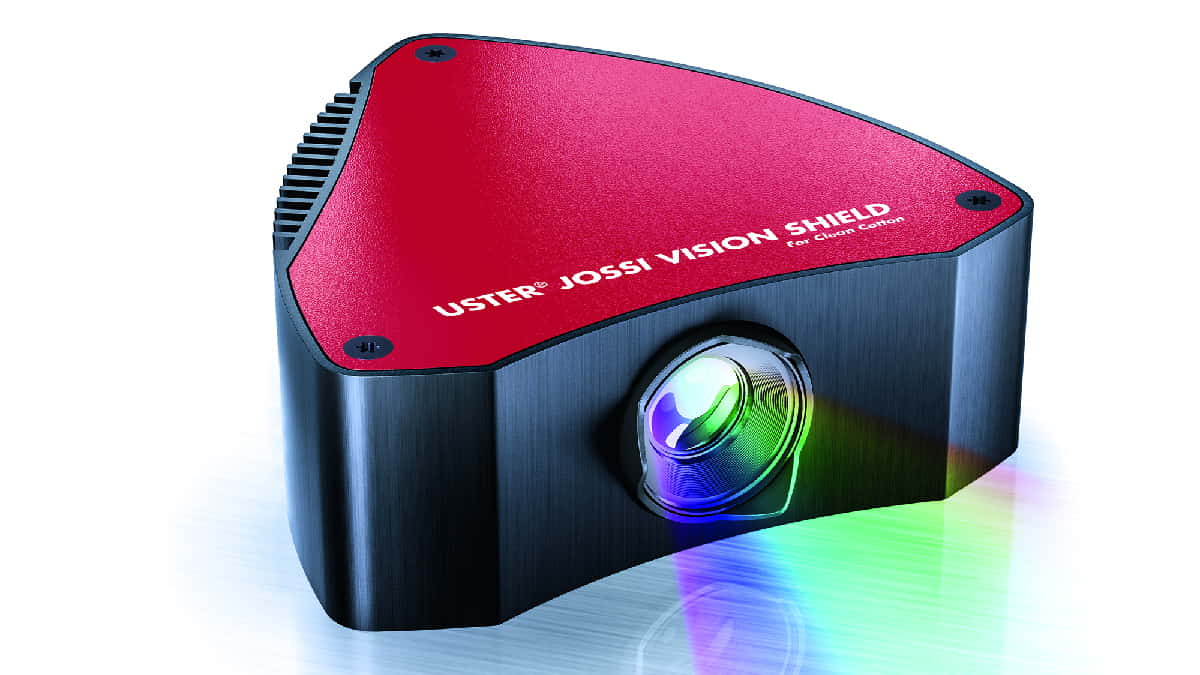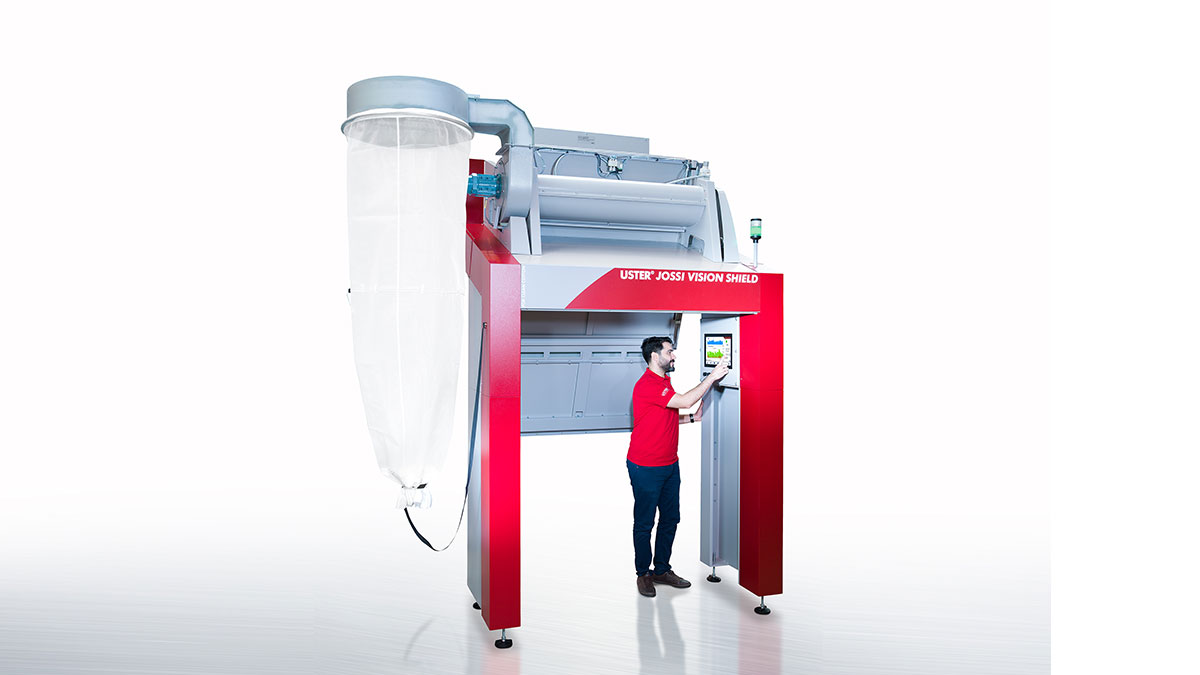Uster Technologies provide quality management and control solutions in the textile industry and continue their developments for optimum fibre cleaning thanks to the effective dialogue with their customers. Customer needs are fed back directly to Uster R&D experts, leading to constant progress in fibre cleaning with reductions in costs, less waste and a stress-free experience for the spinners. The company develop new fibre systems as well as existing systems in this way, also demonstrating their success in this field with the well-established position of the Uster Jossi Vision Shield, model T and model 2 in the market and with more than 2,000 installations in spinning mill blowrooms around the world.
Vice President of Uster Global After Sales and Service Suresh Kris, said that they consider the fact that inputs of customers are applied with each software update as part of their success model. The continuous integration and continuous distribution of the practical experience in the software is seen as a standard for Uster fibre cleaning and Kris and service teams, stayed in contact with customers digitally, maintaining the information flow during the pandemic period.
Uster offers fully customer-focused updates
The software built into Jossi Vision Shield is under continuous improvement. Algorithms are adapted to take account of customer feedback, which is proactively requested and passed on via Uster Service to the research and development teams. In this sense, this two-way connection between the mills and Uster R&D plays a fundamental role in developing exactly what customers need. The passing of knowledge from different Uster experts makes it a sophisticated solution, while each adds knowledge and experience from the textile technology and product management department.
Minimum good cotton waste with Jossi Vision Shield
Jossi Vision Shield takes its detection capabilities from sensors and powerful imaging recognition technology and can pick the smallest contaminant particles thanks to image recognition. This detailed determination brings to mind the possibility of good cotton being ejected along with the contaminants, this, on the contrary, provides a notable reduction in waste with its speed measurement feature. By continuously measuring the velocity of the passing cotton tufts, the system can adapt the duration of each ejection, so that a minimum of material is removed with the contaminant. Mill trials have proved that optimizing ejection times in this way results in significantly less waste per ejection/removal.

Integrated solution for contamination control
The latest improvements focusing on KPIs (Key Performance Indicators) for performance irregularity allow keeping yarn production under control while new data allows subsequent processes to be taken into account for added value and ease of operation. Jossi Vision Shield addresses spinners at every market level and in the highest-quality segment, fibre cleaning settings can be set to even tighter tolerances without increasing waste. For less critical applications, spinners can retain existing quality settings and see waste greatly reduced, with fewer ejections. This way, Uster is able to offer mills significant improvements in the balance between quality and efficiency. Raising contamination management to the next level requires combined data and it is achieved through Total Contamination Control, using the power of Uster Quantum and Uster Jossi Vision Shield. Total Contamination Control, an integrated solution, ensures precisely-controlled contamination levels in yarns with minimum waste and minimum possible cost.
Newly developed and improved solutions from Uster
Uster made multiple improvements and increased the advantages they offer as a result of customer feedback. The ‘Laydown Change Button’ to aggregate the statistical data correctly, and was developed upon the request of spinners operating in various markets from the mill to mark the change-over time for a new laydown. Furthermore, the R&D team found a solution to reduce product downtime, after some customers informed the service team that there could be potential for improvement in the hardware. Several enhancement were made for the overall stability of the system which were not directly visible to customers along with the software.



